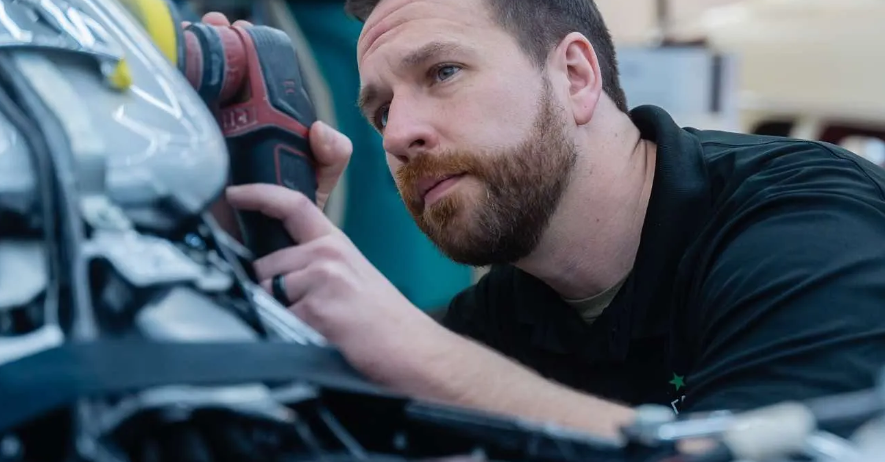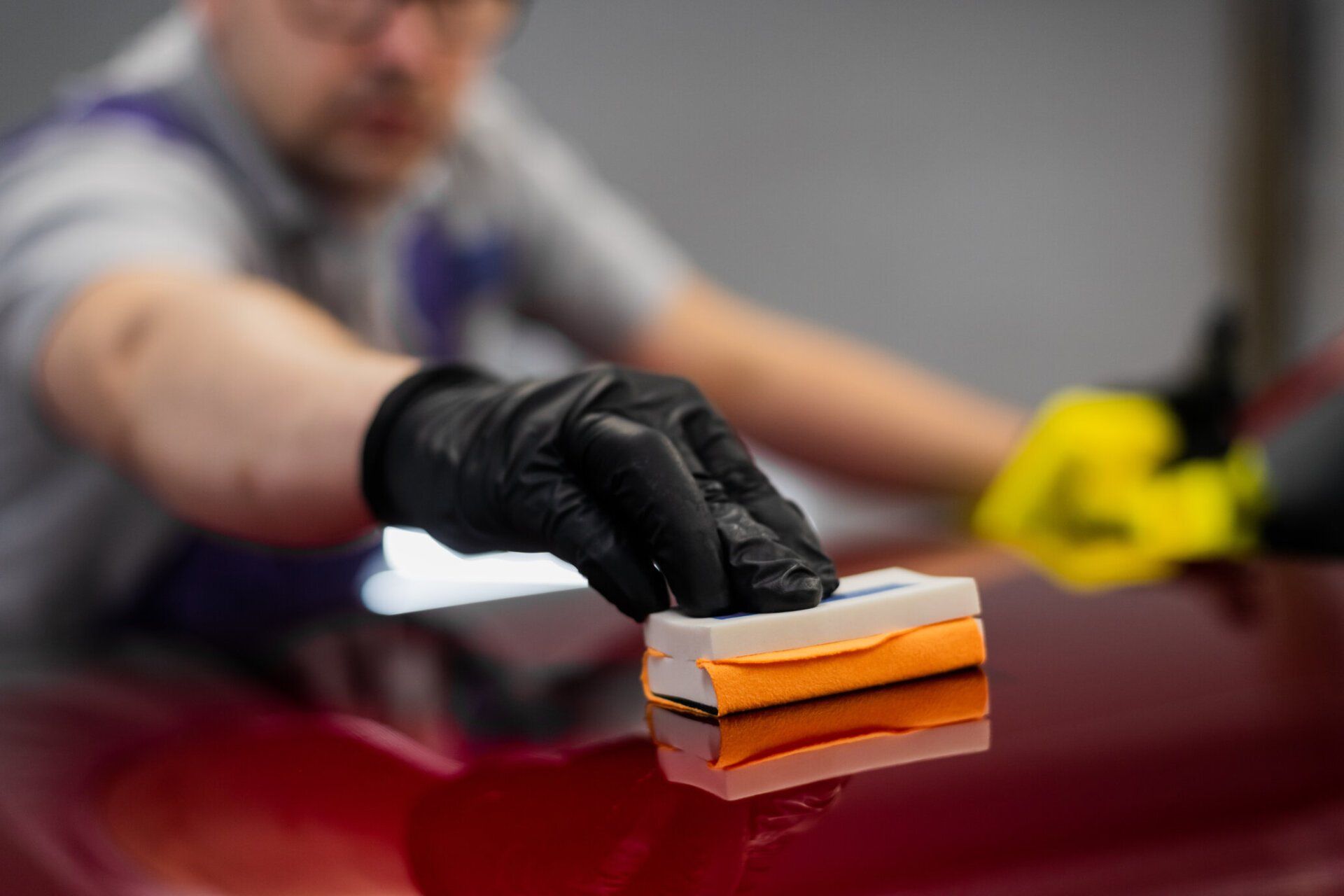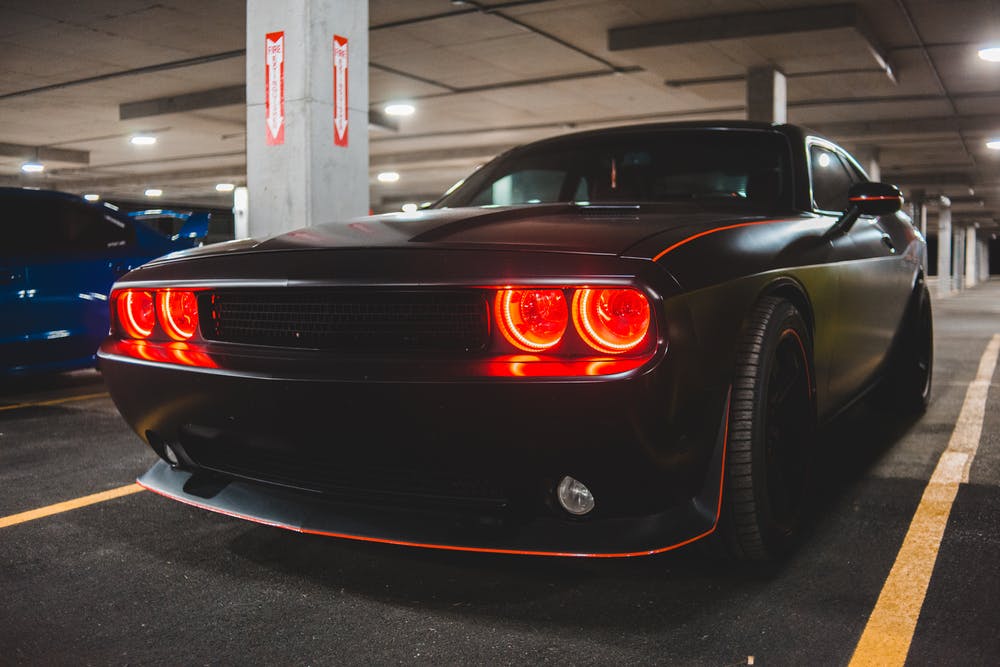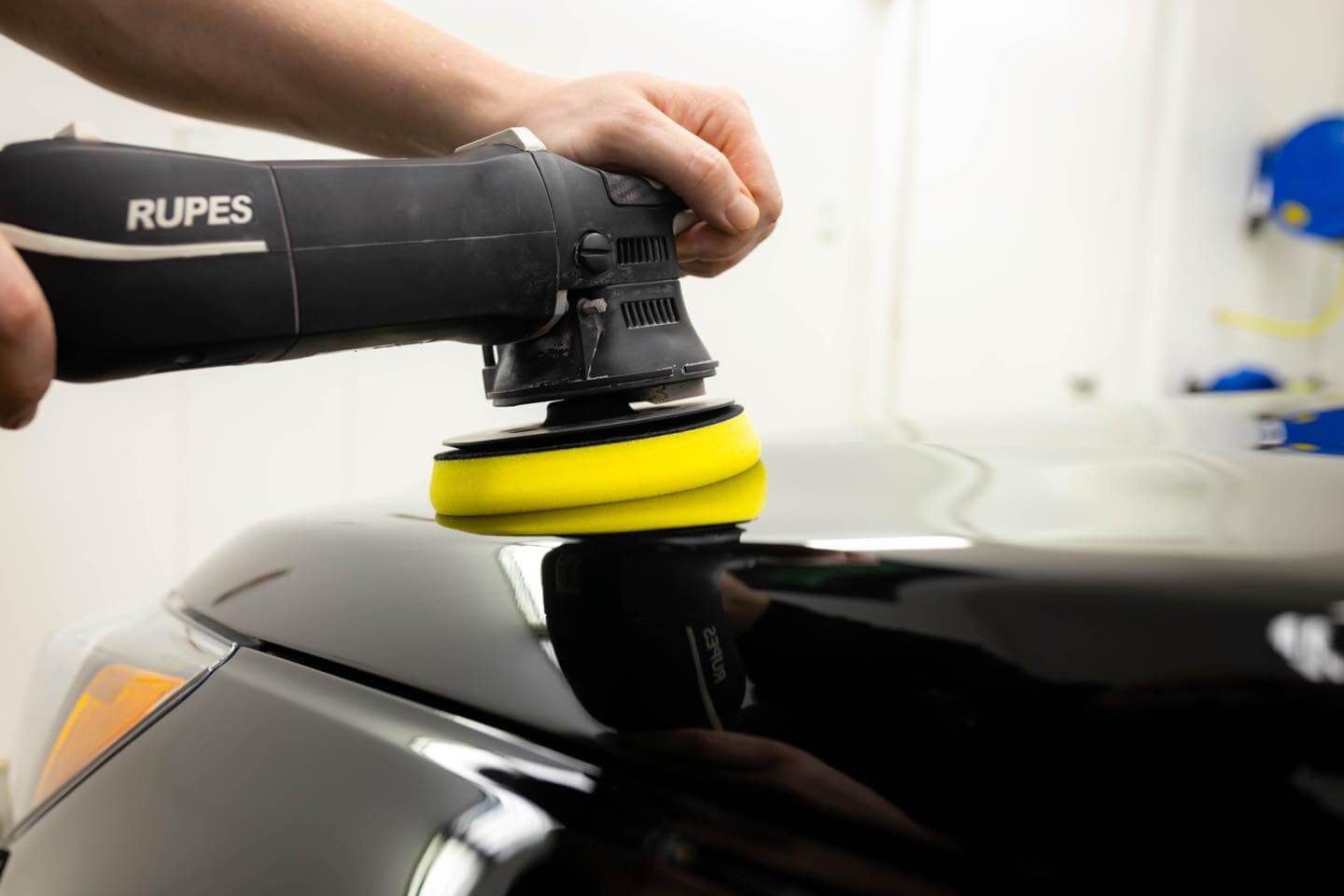Classic cars represent decades of automotive history, but their paint often tells a story of weathering, improper storage, and previous restoration attempts. Recognizing when classic car paint correction becomes necessary can mean the difference between preserving a valuable investment and watching it deteriorate further.
Vintage car paint defects develop differently from modern automotive finishes. Single-stage paints, lacquer systems, and older application methods create unique challenges that require specialized knowledge and techniques. Many classic car owners struggle to identify when surface imperfections have moved beyond simple cleaning into territory that requires professional intervention.
Understanding the signs that indicate antique car restoration needs will help preserve both the vehicle's value and its authentic appearance. Professional assessment and correction can restore original beauty while maintaining the integrity that collectors demand. These five key indicators signal when paint correction services become essential for proper classic car preservation.

1. Widespread Oxidation and Chalking
The first major sign requiring classic car paint correction involves oxidation that has moved beyond surface-level dulling into deep chalking. Oxidation occurs when UV exposure breaks down paint resins, creating a hazy, lifeless appearance that cannot be resolved through polishing alone.
Classic cars with single-stage paint systems are particularly vulnerable to oxidation damage. Unlike modern clear-coat finishes, these older systems have no protective barrier layer, leaving color pigments directly exposed to environmental elements. Extended outdoor storage or inadequate garage protection accelerates this deterioration process.
To assess oxidation severity, run a clean microfiber cloth across the paint surface after washing. If the cloth picks up color residue or leaves streak marks, the oxidation has penetrated too deeply for amateur correction attempts. The paint will feel rough or gritty to the touch, and washing alone will not restore the original luster.
Professional correction techniques can remove oxidized layers while preserving underlying paint thickness. This process requires specialized compounds and equipment that safely cut through damaged material without compromising the original finish integrity that collectors value.
2. Deep Scratches and Swirl Marks Throughout the Finish
Vintage car paint defects often include extensive scratch patterns that develop over decades of use and maintenance. These imperfections range from fine swirl marks created by improper washing techniques to deeper scratches from contact with branches, parking lots, or previous restoration work.
Classic car finishes show scratches more readily than modern paints due to their softer composition. Lacquer systems, in particular, develop spider web patterns of fine scratches that become increasingly visible as the paint ages. These defects scatter light, creating a hazy appearance that diminishes the paint's depth and clarity.
Inspection under direct sunlight or halogen lighting reveals the true extent of scratch damage. Position the vehicle so light reflects off the paint surface at various angles. Swirl marks appear as circular patterns, while deeper scratches show as distinct lines that catch and redirect light.
Surface-level scratches may disappear when the paint is wet, indicating they haven't penetrated through the entire paint layer. However, scratches that remain visible when wet have typically reached deeper levels that require classic car paint correction to eliminate permanently.
3. Orange Peel Texture and Uneven Surface Finish
Improper spray technique during previous restoration attempts often creates an orange peel texture that resembles the dimpled surface of citrus fruit skin. This vintage car paint defect occurs when paint droplets partially dry before flowing together, creating an uneven surface that reflects light poorly.
Orange peel texture is particularly problematic on classic cars because it indicates amateur restoration work that may have compromised the original finish quality. Many vintage vehicles suffer from multiple paint jobs layered over decades, with each application potentially adding thickness and texture irregularities.
Professional assessment involves measuring paint thickness across different panels to identify areas with excessive buildup. Thickness variations often indicate multiple paint applications or poor preparation during previous restoration work. These areas may require complete refinishing rather than simple correction.
Surface texture problems extend beyond orange peel to include runs, sags, and other application defects. These issues cannot be resolved through polishing alone and typically require wet sanding followed by complete refinishing to restore proper surface quality.
4. Color Fading and Uneven Panel Matching
Antique car restoration often reveals color fading that occurs unevenly across different panels. This fading results from varying sun exposure, with horizontal surfaces like hoods and roofs typically showing more severe color loss than vertical panels protected by shadows.
Classic car paints fade through different mechanisms depending on their composition. Red pigments are particularly vulnerable to UV degradation, often shifting toward pink or orange hues. Blue colors may develop purple undertones, while metallics lose their sparkle as aluminium flakes oxidize.
Panel-to-panel color variations become apparent when comparing sections that received different exposure levels. The roof may appear significantly lighter than the doors, or the hood may show a completely different shade than the quarter panels. These variations indicate that simple polishing will not restore color uniformity.
Professional color matching and correction may require selective refinishing of the most severely faded panels. This process involves careful color analysis and custom mixing to achieve proper matches that maintain the vehicle's authentic appearance while correcting obvious defects.
5. Water Spots and Etching Damage
Mineral deposits from hard water create permanent etching in classic car paint correction scenarios when left untreated for extended periods. These spots appear as white or grey marks that remain visible even after thorough washing and cannot be removed through normal cleaning methods.
Classic cars stored outdoors or washed with hard water are particularly susceptible to this type of damage. The minerals in water drops act as magnifying glasses under sunlight, concentrating heat that literally burns spots into the paint surface. Over time, these spots etch deep enough to require professional correction.
Etching damage assessment involves feeling the affected areas with fingertips after thorough cleaning. If the spots can be felt as depressions or raised areas, they have etched beyond the surface level. These defects will continue to collect dirt and contaminants, making them increasingly visible over time.
Professional correction techniques can remove light etching through careful wet sanding and polishing. However, severe etching that has penetrated through multiple paint layers may require localized refinishing to restore proper surface integrity and appearance.
Professional Assessment Criteria
Determining when vintage car paint defects require professional intervention involves understanding the limitations of amateur correction attempts. Paint thickness measurements provide objective data about remaining correction possibilities without risking breakthrough to primer or metal substrates.
Professional assessment includes evaluating the type of paint system present on the vehicle. Single-stage paints, base coat/clear coat systems, and lacquer finishes each require different correction approaches and have varying tolerances for aggressive correction methods.
The age and rarity of the vehicle also influence correction decisions. Numbers-matching classics may benefit from preservation approaches that maintain original paint whenever possible, while driver-quality vehicles may warrant more aggressive correction for improved appearance.
Professional shops use specialized equipment, including paint thickness gauges, color matching systems, and controlled lighting environments to accurately assess correction needs and develop appropriate treatment plans.

Preservation vs. Restoration Considerations
Classic car paint correction decisions often involve balancing preservation of original materials against restoration for improved appearance. Many collectors prefer maintaining factory paint whenever possible, even with minor imperfections, to preserve authenticity and value.
Originality becomes particularly important with rare or historically significant vehicles where factory paint adds substantial value. A professional assessment can determine which defects can be corrected while maintaining original paint integrity.
Documentation plays a crucial role in classic car correction decisions. Photographing the vehicle's condition before and after correction provides valuable records for insurance, appraisal, and resale purposes.
Professional shops experienced with classic vehicles understand these preservation concerns and can develop correction plans that address major defects while maintaining as much original material as possible.
Frequently Asked Questions
How can I tell if my classic car's paint can be saved through correction?
A professional classic car paint correction assessment involves paint thickness measurements and visual inspection under controlled lighting. If thickness readings show adequate material remaining and defects haven't penetrated to primer layers, correction is typically possible. However, extensive oxidation, multiple previous paint jobs, or breakthrough damage may require refinishing rather than correction.
What's the difference between classic car paint correction and restoration?
Classic car paint correction removes surface defects while preserving existing paint, whereas restoration involves complete refinishing with new paint systems. Correction maintains originality and costs less, but has limitations based on the existing paint condition. Restoration provides perfect results but eliminates original paint value and authenticity that collectors often prefer.
How much paint thickness is safe to remove during correction?
Vintage car paint defects correction safety depends on the remaining paint thickness and system type. Professional assessment typically allows removing 20-30% of total thickness on single-stage systems, with measurements taken before and during correction. Modern thickness gauges provide precise readings that prevent accidental breakthrough to primer or metal substrates.
Can paint correction damage my classic car's value?
Properly executed antique car restoration through paint correction typically increases value by improving appearance while maintaining originality. However, aggressive correction that removes too much material or causes breakthrough damage can significantly reduce value. Professional shops experienced with classics understand these concerns and prioritize preservation whenever possible.
How long does professional classic car paint correction take?
Complete classic car paint correction typically requires 2-5 days, depending on vehicle size, paint condition, and defect severity. This includes assessment, decontamination, correction work, and final finishing. Rush jobs often compromise quality, so proper scheduling ensures optimal results without damaging valuable original paint systems.
Restore Your Classic’s Beauty with Expert Paint Correction
At Five Star Automotive Detailing, extensive experience with classic vehicles ensures correction work that respects original materials while achieving exceptional results. The systematic approach to vintage paint systems addresses each defect type with appropriate techniques and equipment.
Ready to assess whether professional correction can restore original paint beauty? Contact our classic car specialists to discuss specific vehicle needs and schedule a comprehensive evaluation. Visit our paint correction services page to learn more about our proven approaches to classic car preservation and restoration.






